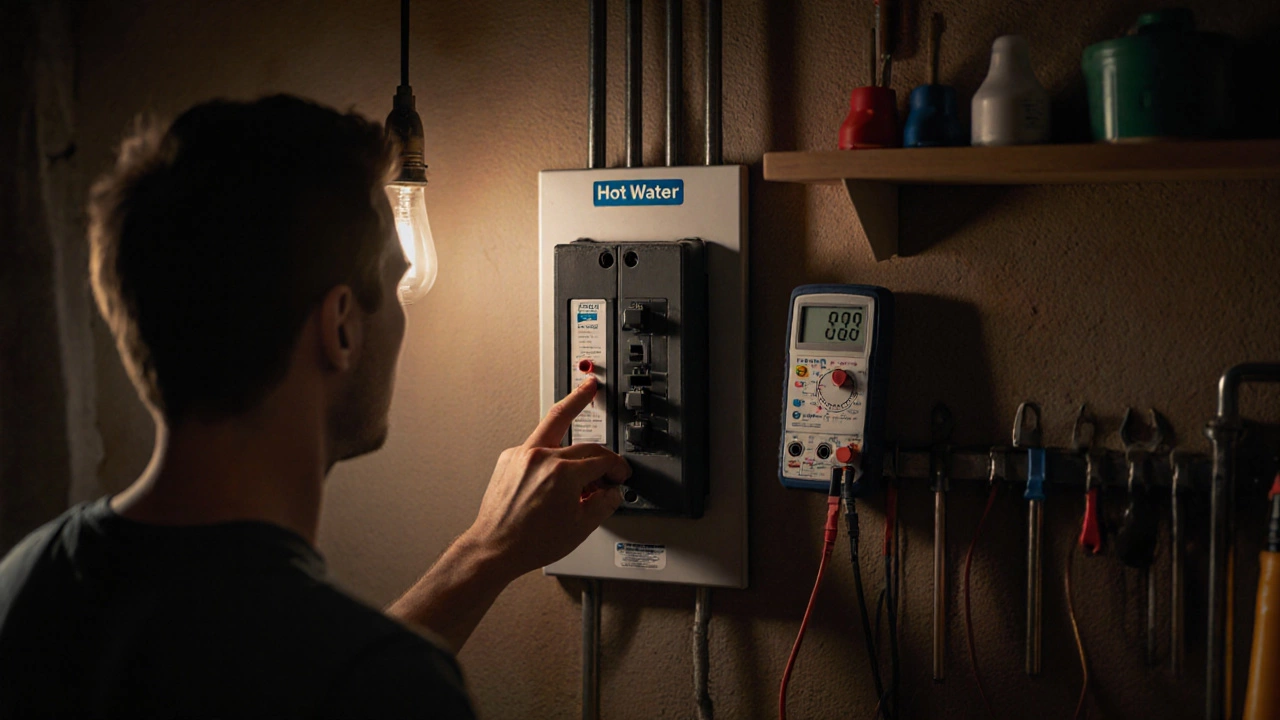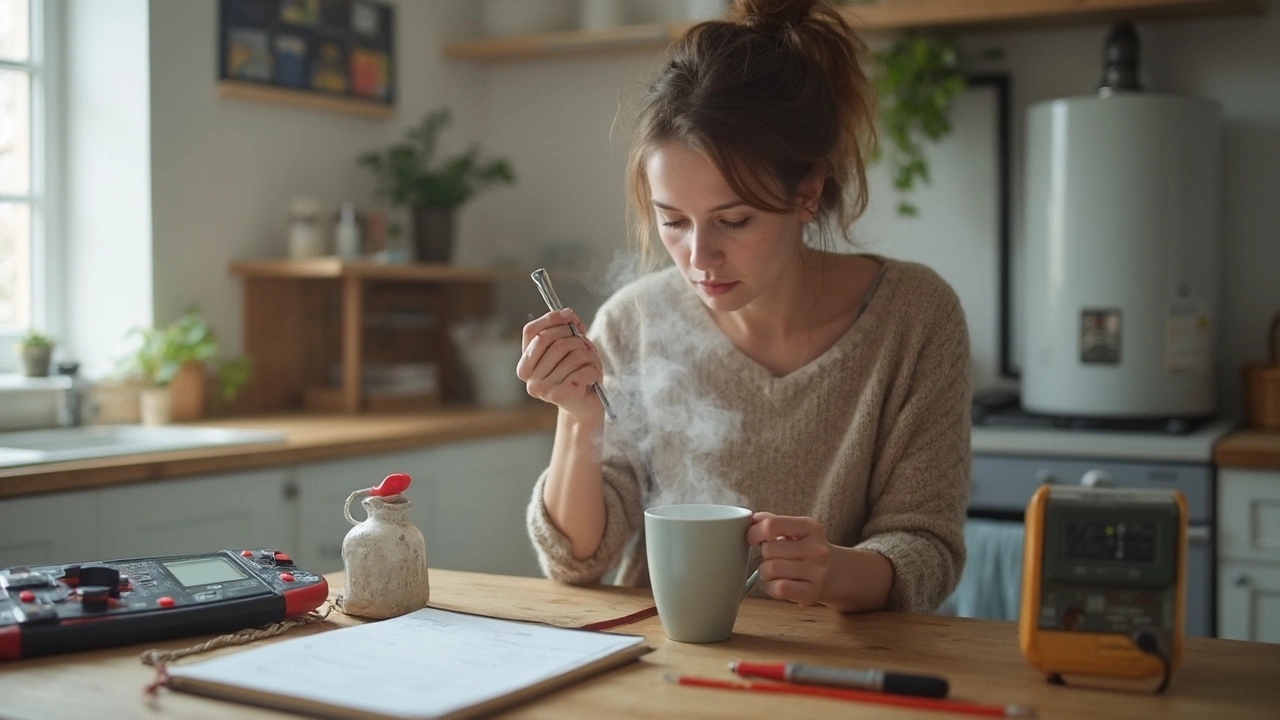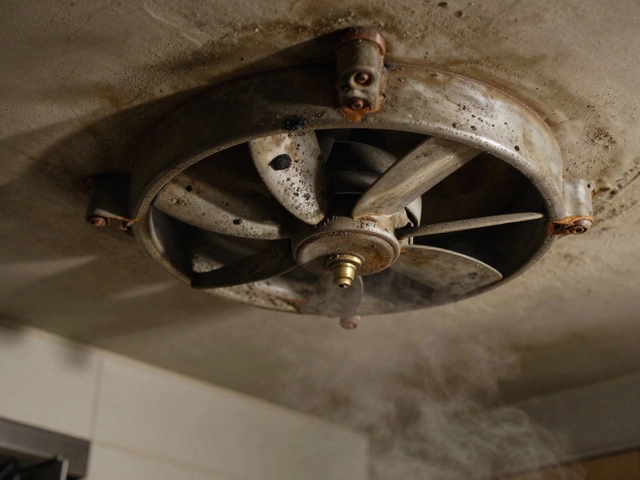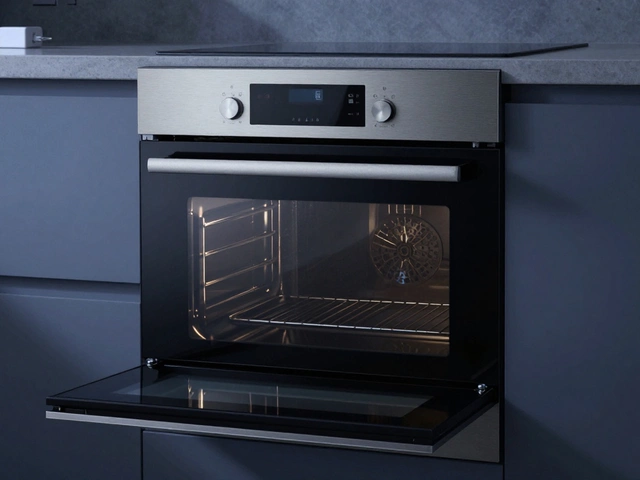Electric Water Heater: What You Need to Know
When working with electric water heater, a device that uses electricity to heat water for household use. Also known as electric hot water system, it provides instant or stored hot water for showers, sinks, and appliances. Electric water heater technology has been around for decades, but the basics haven’t changed: a heating element converts electrical energy into heat, a thermostat tells the element when to turn on or off, and a tank (or a flow‑through coil) holds the hot water until you need it. Understanding how these parts fit together helps you spot problems early and decide whether you can fix a glitch yourself or call a pro.
Common Issues and How to Spot Them
The thermostat, a control unit that regulates water temperature is the brain of the system. If the thermostat drifts, you might get lukewarm showers or, worse, scalding water. A faulty thermostat often triggers the heating element to stay on too long, which spikes your electricity bill and can wear out the element faster. Another key factor is energy efficiency, the ratio of heat output to electricity consumed. Older units usually have lower efficiency ratings, so they waste more power for the same amount of hot water. Checking the efficiency label or the Energy Star rating tells you if an upgrade could save you money.
Proper plumbing, the network of pipes and valves that deliver water to and from the heater also plays a huge role. Corroded inlet or outlet pipes restrict flow, causing the heater to overheat or shut down. Leaky connections can let cold water sneak in, reducing the temperature you feel at the tap. When you hear strange noises—like popping or ticking—it’s often a sign of sediment building up at the bottom of a storage tank.
In short, electric water heaters encompass both storage‑tank models and tank‑less (on‑demand) units. A thermostat regulates the heating element, energy efficiency influences operating cost, and proper plumbing ensures safe water flow. Regular maintenance, such as flushing the tank once a year, checking the thermostat calibration, and tightening pipe connections, extends the lifespan of an electric water heater and keeps your hot water reliable.
Below you’ll find a collection of articles that walk through the most common scenarios you might encounter. From why hot water is hot in the kitchen but cold in the bathroom, to DIY checks for a water heater that’s not performing, each post offers practical steps, warning signs, and advice on when to call a Warwick Appliance Fixers technician. Whether you’re a homeowner looking to save on energy bills or a DIY enthusiast tackling a simple fix, the guides below give you the context you need to make informed decisions about your electric water heater.
Your hot water heater won’t turn on? It could be a tripped breaker, dead element, or faulty thermostat. Learn how to diagnose and fix common issues yourself before calling a pro.
Wondering why your shower runs cold or your tap water never seems to get hot? It could be a bad water heater element. This article shows you the obvious signs of a bad element, how to check it safely, and what to do next. You’ll get clear steps, handy tips, and facts that make troubleshooting easy—even if you’ve never cracked open a water heater before. No technical jargon or fluff, just the stuff you need to know.



